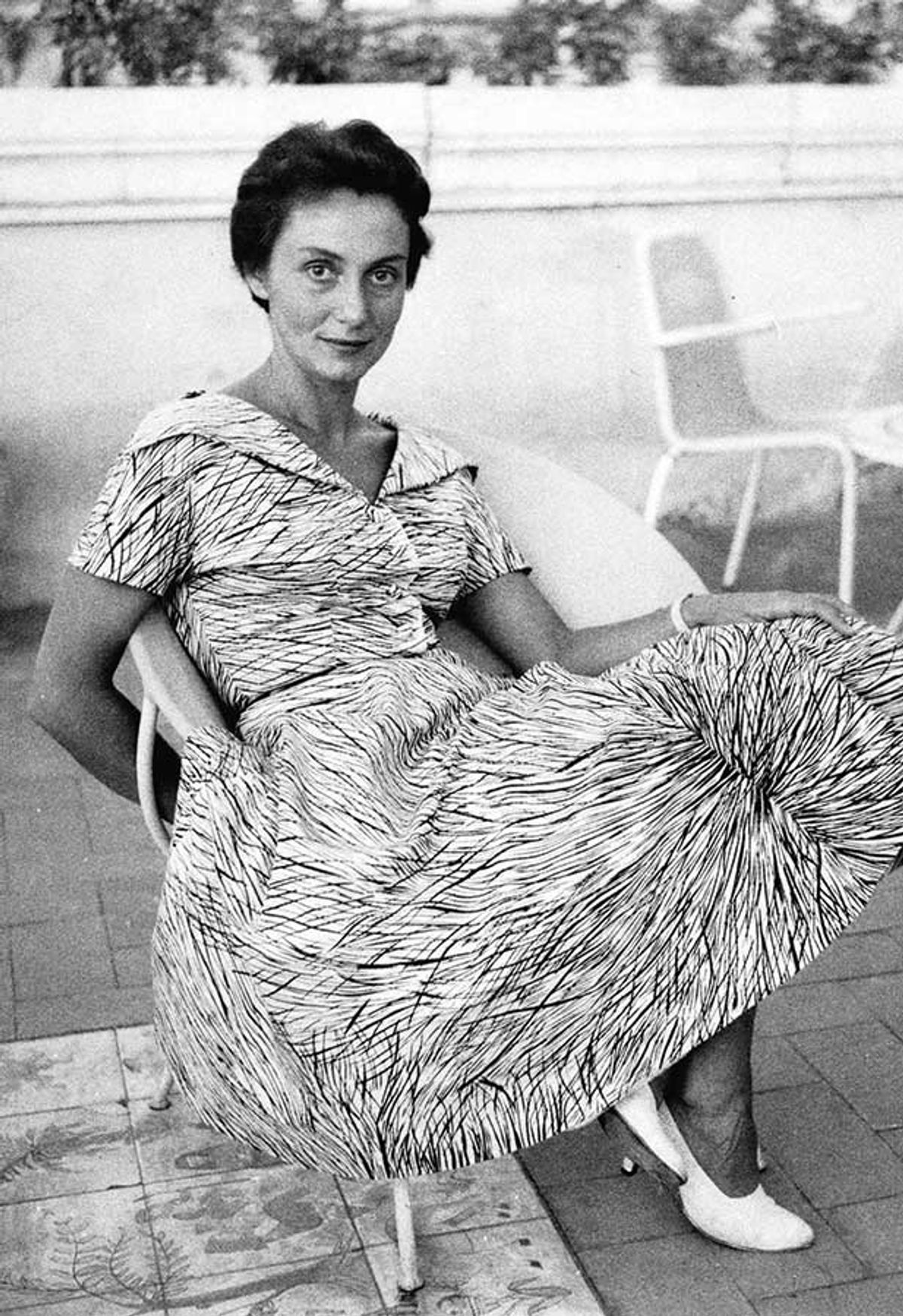David Guenther, now a law professor at the University of Michigan, spent three years in the art trade in New York, arriving as a broke Midwesterner in 1989. He had just $40 in his bank account, but by great good luck landed a job with the small Carla Panicali Gallery as an assistant—at a salary of $18,000 a year.
With no art history, little language ability but presumably some winning capabilities, Guenther rose to become a director of the gallery and close to Carla Panicali, who he manifestly greatly admired. Along the way he learnt a lot about art, artists and the market’s denizens, from dodgy collectors to venal dealers. He also learnt how to run a business, close a deal and, on occasion, breeze through customs with undeclared artworks. He left the gallery in 1992 and returned to graduate school to study law.
Another era
Guenther’s book is a mixture of art history, personal reminiscence and anecdotes about the art trade, which he found both fascinating and baffling. Many of the chapters centre around an artwork, from Rufino Tamayo’s Watermelons (1976) to Marc Chagall’s Le Cirque Mauve (1996), which Guenther succeeded in buying from Bob Guccione of Penthouse magazine (different times).
With no art history but presumably some winning capabilities, Guenther rose to become gallery director
Some figures familiar to those around at the time appear in Guenther’s tales: for instance, the Guido Reni scholar Stephen Pepper, who gave his thumbs up for the sale of a Zurbarán to the British collector Denis Mahon—and afterwards popped back to the gallery on the excuse of a forgotten item to collect a cheque for not killing the deal. Or the notorious dealer Andrew Crispo, implicated in but never accused of the gruesome “death mask murder” in 1985, who was trying to sell two undistinguished Renoirs.
The book also looks at the problems of authentication: for instance, the Tamayo—until then considered to be authentic—was labelled a “fake” by the artist’s widow when it was submitted to her for a certificate just ten days after his death. Why? The author gives a couple of hypotheses, from offense at the timing of the request to antisemitism.
However, for me, the book falls between two stools. For a start, writing about the New York art scene of the late 1980s and early 1990s may not have a huge audience, even if it does reveal some of the shenanigans that went on between gallerists, runners and buyers during those crucial years.
It is not an art history book, even if each artist gets a biography, and the reader learns nothing new since the information is gleaned from extensively annotated existing sources. Frustratingly, it doesn’t contain any great revelations. For instance, Panicali was director of Marlborough Fine Art in Rome for many years and, according to the book: “Once Carla had been talking in the gallery about Rothko and starting to tell the story … about why he really killed himself, the phone rang, she picked up and unfortunately never finished the story.”
To this Guenther adds later: “I never asked her the details, but from what I knew … Frank Lloyd [co-founder of Marlborough Fine Art] had cheated her out of as much as half a million dollars in commissions.” We would really like to know more. And a chapter entitled “The Art Market Crashes” contains the oddly flat affirmation: “From what I could tell, a number of political, economic and other forces coincided.”
The book may seem too detailed for the general public, too general for specialists; it is difficult to see who exactly Guenther is writing for.
• David Guenther, The Art Dealer’s Apprentice: Behind the Scenes of the New York Art World, Rowman & Littlefield, 246pp, $36/£30 (hb), published 5 March
• Georgina Adam is art market editor-at-large at The Art Newspaper and a contributor to the Financial Times


